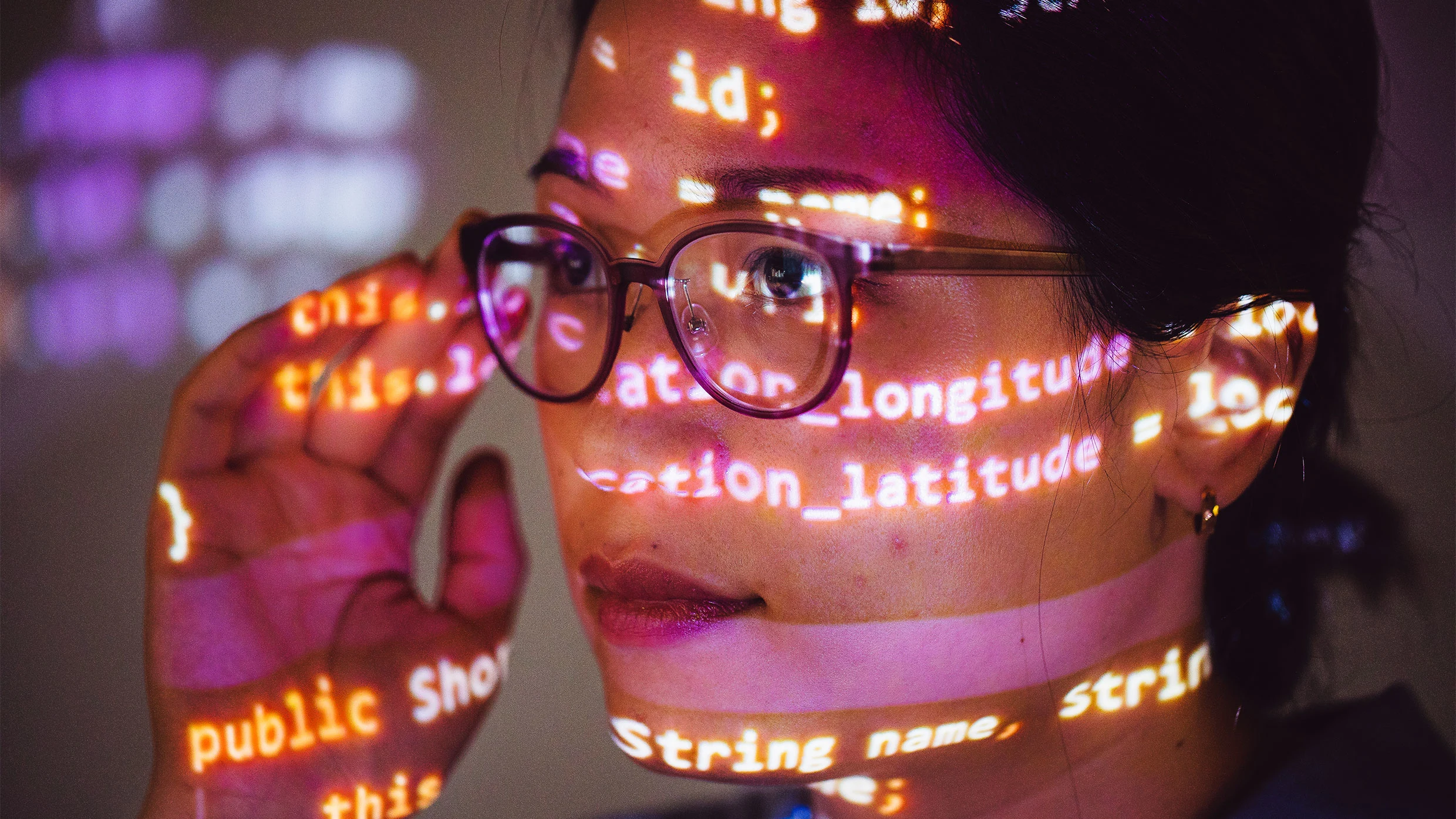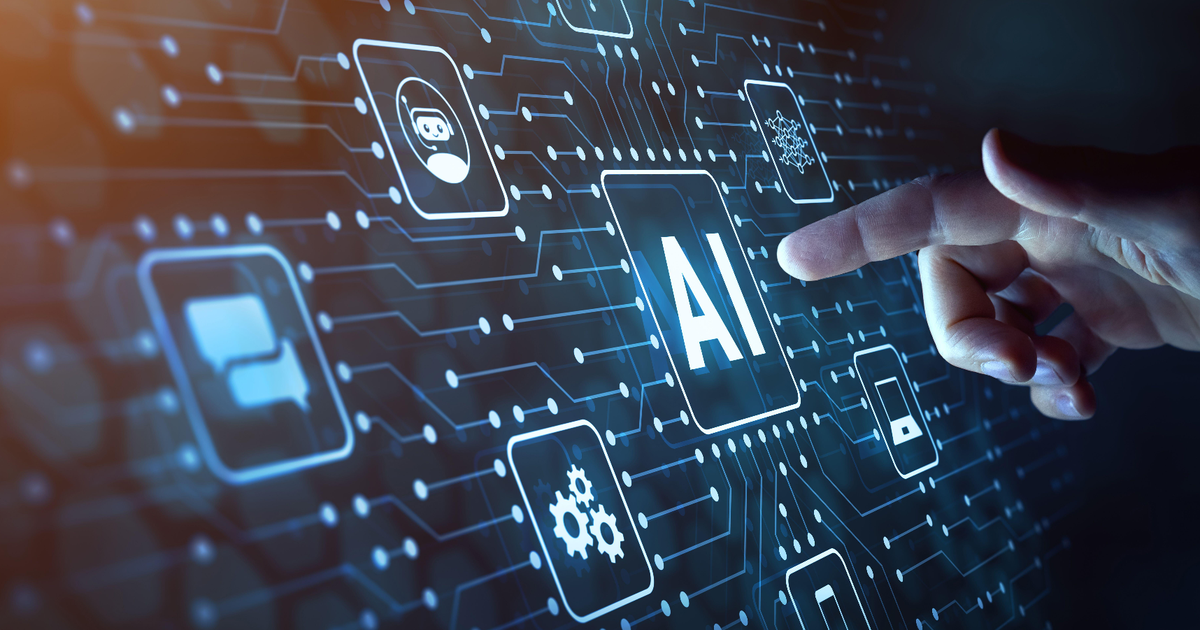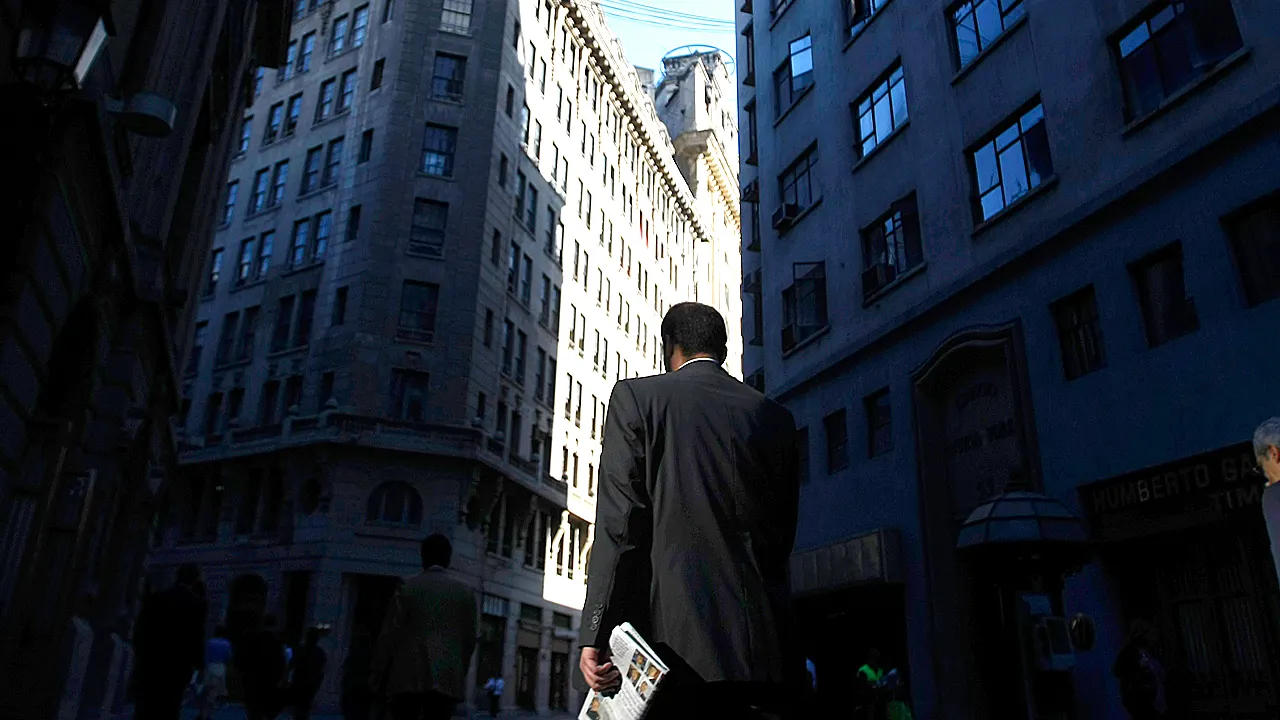Women may face a higher risk of job displacement or role changes due to AI advancements. A recent study highlights that jobs predominantly held by women, especially in higher-income countries, are increasingly being automated.
The Study's Findings
The joint study by the United Nations’ International Labour Organization (ILO) and Poland’s National Research Institute (NASK) reveals that generative AI is reshaping the workforce, with significant implications for human roles.
"We went beyond theory to build a tool grounded in real-world jobs. By combining human insight, expert review, and generative AI models, we’ve created a replicable method that helps countries assess risk and respond with precision," said Pawel Gmyrek, ILO senior researcher.
How AI is Changing Jobs
Globally, about one in four people have jobs with generative AI exposure, meaning their tasks could potentially be performed by AI. The study found a stark contrast in risk between genders: 9.6% of female employment is in high-risk jobs, compared to just 3.5% of male employment.
Administrative tasks, common in clerical jobs, are at the highest risk, followed by roles in media, software, and finance.
The Future of Work
The report suggests that AI is more likely to augment human roles rather than replace them entirely. Governments and worker organizations will play a crucial role in managing AI's impact.
"This index helps identify where GenAI is likely to have the biggest impact, so countries can better prepare and protect workers," said Marek Troszyński, a senior expert at NASK.
The Gender Gap Worsens
A 2025 report from the World Economic Forum and LinkedIn found that AI is exacerbating the gender gap. Women are less likely to be in roles augmented by AI and more likely to be in those disrupted by it. Currently, 33.7% of women work in disrupted occupations, compared to 25.5% of men.





Comments
Join Our Community
Sign up to share your thoughts, engage with others, and become part of our growing community.
No comments yet
Be the first to share your thoughts and start the conversation!